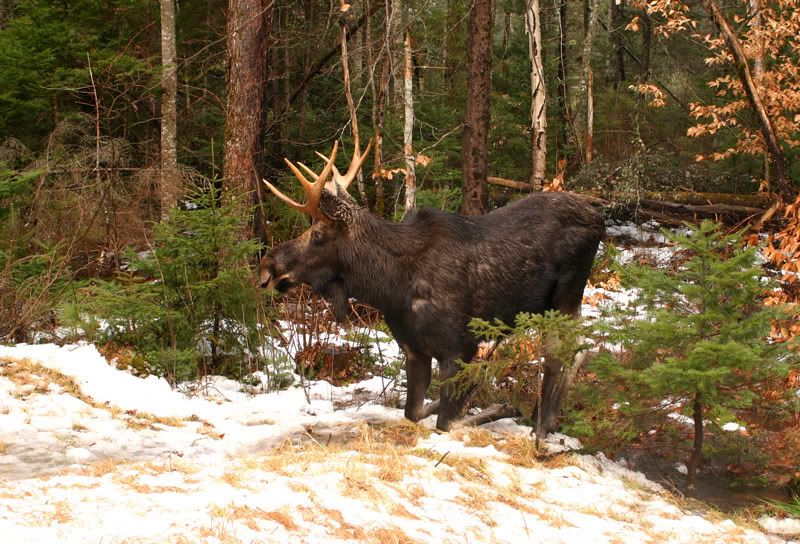forestgnome
New member

A basic "rule" for snowy scene is to overexpose by 1.5 stops. However, what about when there's only a little snow in the scene?
OK, I've already contradicted myself about the centered subject
So, what are your tricks for dealing with snow?
Note: looks like the image size should be smaller to fit the screen.
Last edited:

